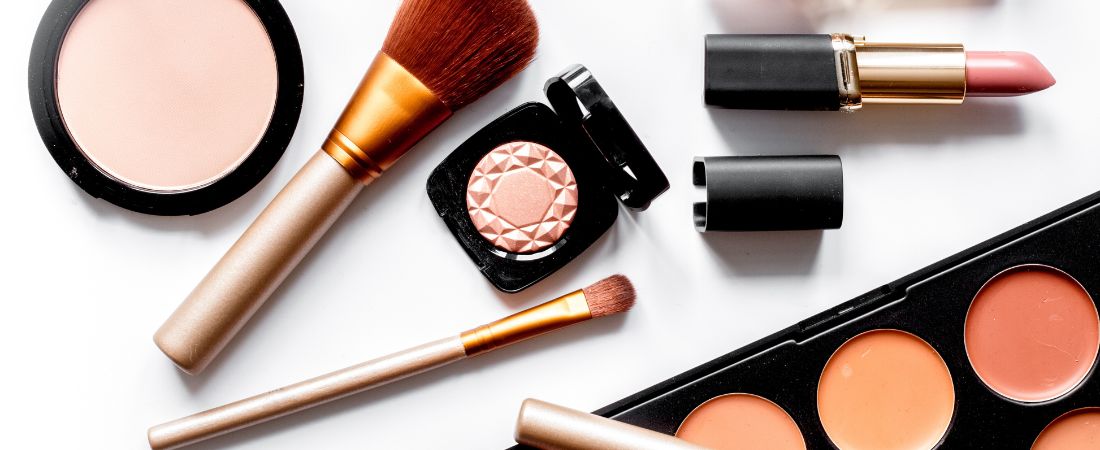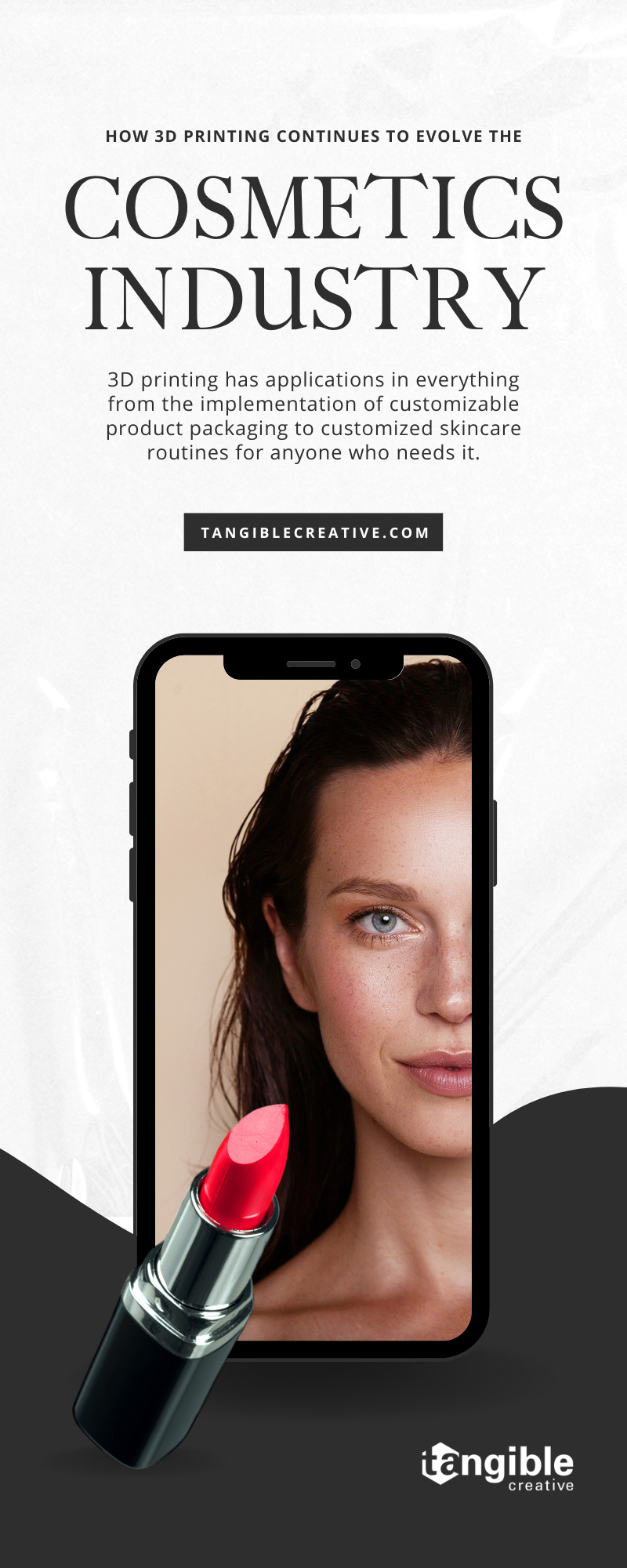
Professional cosmetologists have long recognized that their work involves a significant amount of science. Chemical reactions are used in color mixing and the coloring process, biology is used in skin and hair care, and sanitization procedures are all part of fighting contagions.
However, as a result of recent advancements in the sector, some individuals are scratching their heads and asking, “What is cosmetology?!?” However, as new technology is adopted, the world of cosmetology is improving and becoming even more intriguing.
3D printers are proving to be beneficial to the beauty industry, as they enable product creation, testing, and even cosmetics applications easier and more individualized. So, to help you understand, here are some ways that 3D printing continues to evolve the cosmetics industry.
How Can 3D Printing Apply to the Cosmetic Industry?
Even with the astounding variation that 3D printing offers, many are asking how 3D printing can apply to the cosmetics industry in a meaningful fashion. Indeed, many are left scratching their heads when they realize that 3D printing is already widely used in end-consumer products, speaking to the level of awareness the field has in the public. However, once one considers the immense number of filaments at a 3D printer’s disposal—not to mention the overall customizability that 3D printing provides—the two fields make a lot more sense together. In most case, 3D printing has applications in everything from the implementation of customizable product packaging to customized skincare routines for anyone who needs it.
3D Printing Technology Melds With Skin Care
Widely recognized cosmetics firms are utilizing 3D printing for their own purposes, notably to create and test cosmetics while lowering total expenses. When scientists at the University of Madrid invented a 3D printer designed around producing human flesh, they altered the game! Human plasma, fibroblasts, and keratinocytes are among the biological mechanisms of the skin used by the printer, all of which may be acquired with minimum pain or injury to humans.
It operates on the same principle as toner cartridges for home printers. To replicate what you see on your computer screen, your printer blends colors and transfers them to paper. A unique printer at the University of Madrid combines these biological components to create human skin. Some cosmetics businesses in Shanghai have found ways to 3D print skin with all three layers: dermis, epidermis, and base membrane.
For these goals, such companies as Mink, L’Oreal, and Chanel are 3D-printing human skin instead of using animals to test their products, or even without testing at all. Skin that is artificially created yet physiologically comparable minimizes the danger of disease, allergic reactions, and overall injury to test participants.
While 3D printing human skin is both frightening and wonderful, other cosmetic firms are coming up with creative ways to use the technology. Sheet masks are one example, as they are widely seen as a one-size-fits-all sort of product, even though many have problems with the fitment of the masks, as well as the coverage.
Face masks that are created to properly fit the eyes of the user and combined with substances personalized to address specific skin troubles exactly where the individual is experiencing the difficulties are one solution to this problem. If you ever get the chance to use one of these masks, remember to appreciate the science and 3D-printing expertise involved in such a task!
Printing Hair
You can bet that after scientists figured out how to 3D-print skin, they weren’t going to stop there. Hair care firms have also used 3D printing technology, which allows them to produce new hair utilizing stem cells in their printers.
Not only are these follicles used for product testing, but they are also paving the way for major improvements in the hair loss sector. People with thinning hair will soon have a full head of natural-looking hair that is biologically identical to their own, boosting their confidence and eliminating the need for difficult hair transplant surgery.
Printing Makeup
Even the application of cosmetics undergoes a 3D printing transformation. Using unique scanners that assess the contours of the face, skin tone, and problem areas, this technology enables users to add their makeup swiftly and correctly on the first pass.
Primer, foundation, and pigmented cosmetics, such as eye shadow, blush, and eyeliner, are subsequently applied by the printer. The printing procedure takes less than a minute in total. Although 3D printing cosmetics is out of reach for most people, the advancement of the technology is helping to transform the beauty business and provide new jobs for software engineers, researchers, and even certified cosmetologists for consulting.
Printed Packaging
Besides printing the actual products themselves, many cosmetic companies have formed that printed packaging is also full of resourceful and eco-friendly way to make their packaging. Whether it be in the use of small thin strips that may take too much time to injection mold or printing a product packaging piece out of some material like nylon carbon fiber, the possibilities are endless.
Many in the industry see 3D printing as a way to break out of the monotony of mass production as well. Imagine being able to order your own personalized refillable lipstick cartridge—or your own eyeliner applicator with your name on it. The possibilities that this technology implies in the production, promotional products, or even end-user applications are simply endless.
Whatever the end result is, you can be sure that custom 3D printing services will make a major appearance in the overall customization of cosmetic packing, as well as products.
What It All Means for Cosmetology Careers
Businesses that hire employees to create these new technologies are certainly looking for members of the team who are well-versed in the cosmetology field. Cosmetologists can give the essential assistance to scientists to inform them about beauty habits and aims for healthy hair and skin, therefore influencing the technology’s growth.
We hope you have enjoyed our article covering how 3D printing continues to evolve the cosmetics industry. While this topic may be somewhat difficult to understand, we hope we have delineated the major points necessary for you to understand how much potential this technology has and how it continues to change the field of cosmetics!

